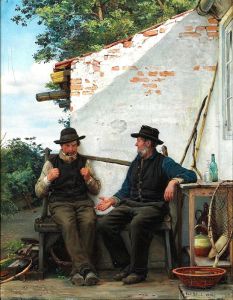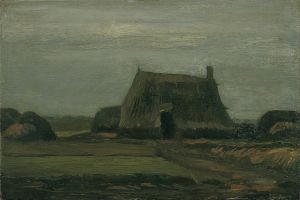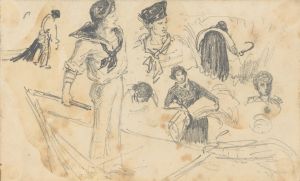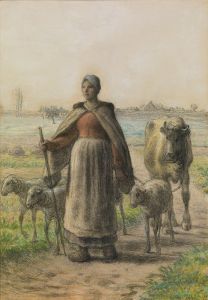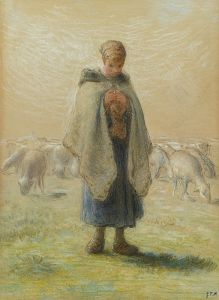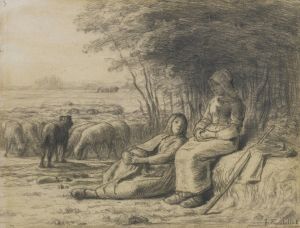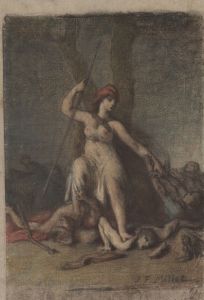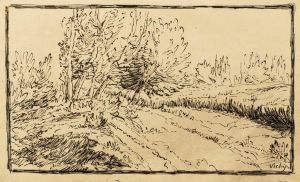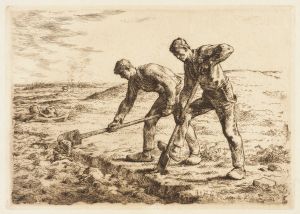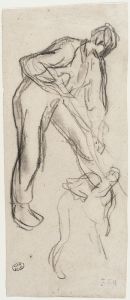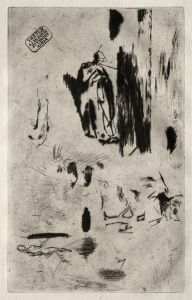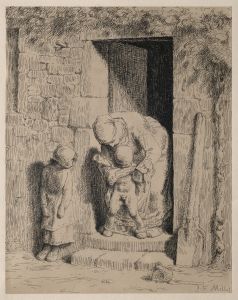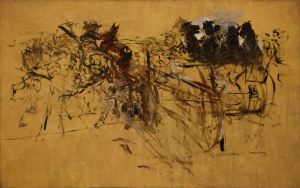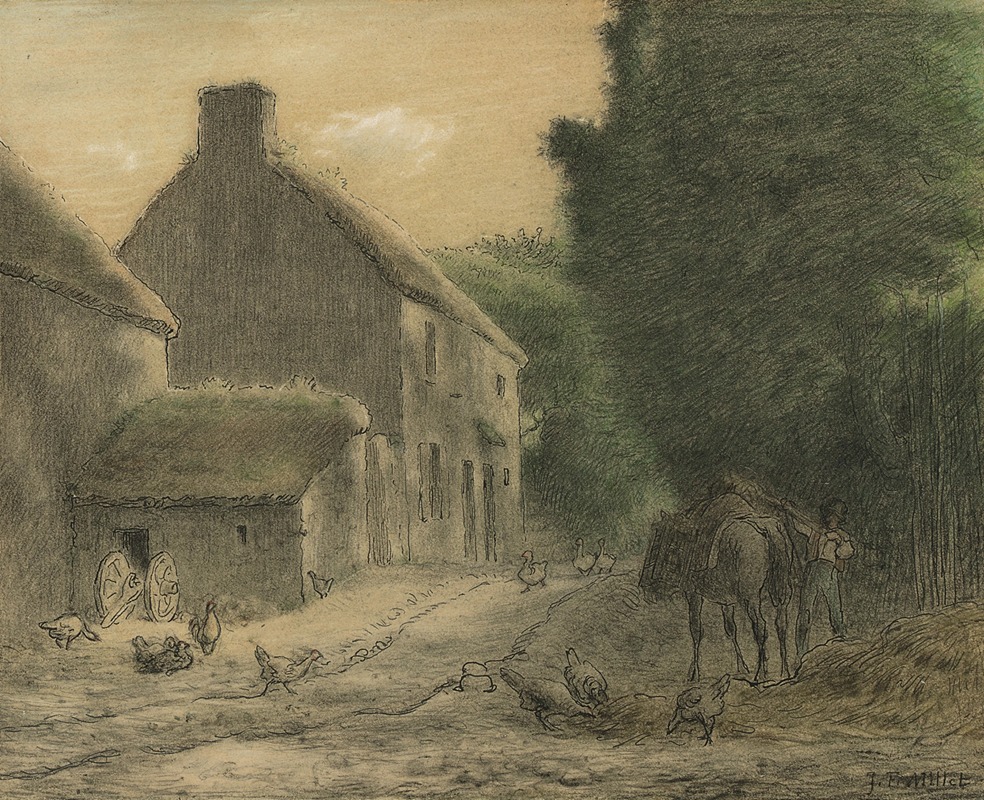
Farm House at Gruchy
A hand-painted replica of Jean-François Millet’s masterpiece Farm House at Gruchy, meticulously crafted by professional artists to capture the true essence of the original. Each piece is created with museum-quality canvas and rare mineral pigments, carefully painted by experienced artists with delicate brushstrokes and rich, layered colors to perfectly recreate the texture of the original artwork. Unlike machine-printed reproductions, this hand-painted version brings the painting to life, infused with the artist’s emotions and skill in every stroke. Whether for personal collection or home decoration, it instantly elevates the artistic atmosphere of any space.
"Farm House at Gruchy" is a painting by the renowned French artist Jean-François Millet, who is best known for his depictions of rural life and his role as a leading figure in the Barbizon School. This particular work is an example of Millet's early exploration of themes that would later define his career, focusing on the everyday lives and environments of peasants.
Jean-François Millet was born on October 4, 1814, in Gruchy, a small hamlet in the commune of Gréville-Hague, Normandy, France. His upbringing in a rural farming community had a profound influence on his artistic vision, and he often drew inspiration from the landscapes and people he observed during his youth. "Farm House at Gruchy" reflects this connection to his roots, capturing the essence of rural life with a sense of authenticity and respect.
The painting depicts a farmhouse in Gruchy, likely reminiscent of the environment Millet was familiar with during his childhood. The composition is characterized by its simplicity and focus on the rustic architecture of the farmhouse, set against the backdrop of the natural landscape. Millet's use of color and light in this work demonstrates his ability to convey mood and atmosphere, qualities that would become hallmarks of his later works.
Millet's approach to painting was deeply influenced by his desire to portray the dignity and resilience of rural people. Although "Farm House at Gruchy" does not include figures, the setting itself speaks to the lives of those who inhabited such spaces. The farmhouse, with its sturdy construction and integration into the landscape, suggests a harmonious relationship between humans and nature, a theme that Millet would continue to explore throughout his career.
The Barbizon School, of which Millet was a key member, was a group of painters who settled in the village of Barbizon near the Forest of Fontainebleau in the mid-19th century. They sought to break away from the formalism of academic art and instead focused on painting en plein air (outdoors) to capture the natural world with greater immediacy and truth. Millet's work, including "Farm House at Gruchy," exemplifies this shift towards realism and the celebration of rural life.
While "Farm House at Gruchy" may not be as widely recognized as some of Millet's other masterpieces, such as "The Gleaners" or "The Angelus," it remains an important piece within his oeuvre. It provides insight into the early development of his artistic style and thematic interests, showcasing his commitment to depicting the world of the rural poor with empathy and respect.
Millet's legacy as an artist is marked by his profound impact on the course of modern art. His focus on the everyday lives of ordinary people and his innovative approach to landscape painting influenced subsequent generations of artists, including the Impressionists and later modernists. "Farm House at Gruchy" stands as a testament to Millet's enduring connection to his roots and his pioneering vision in the realm of realist art.





